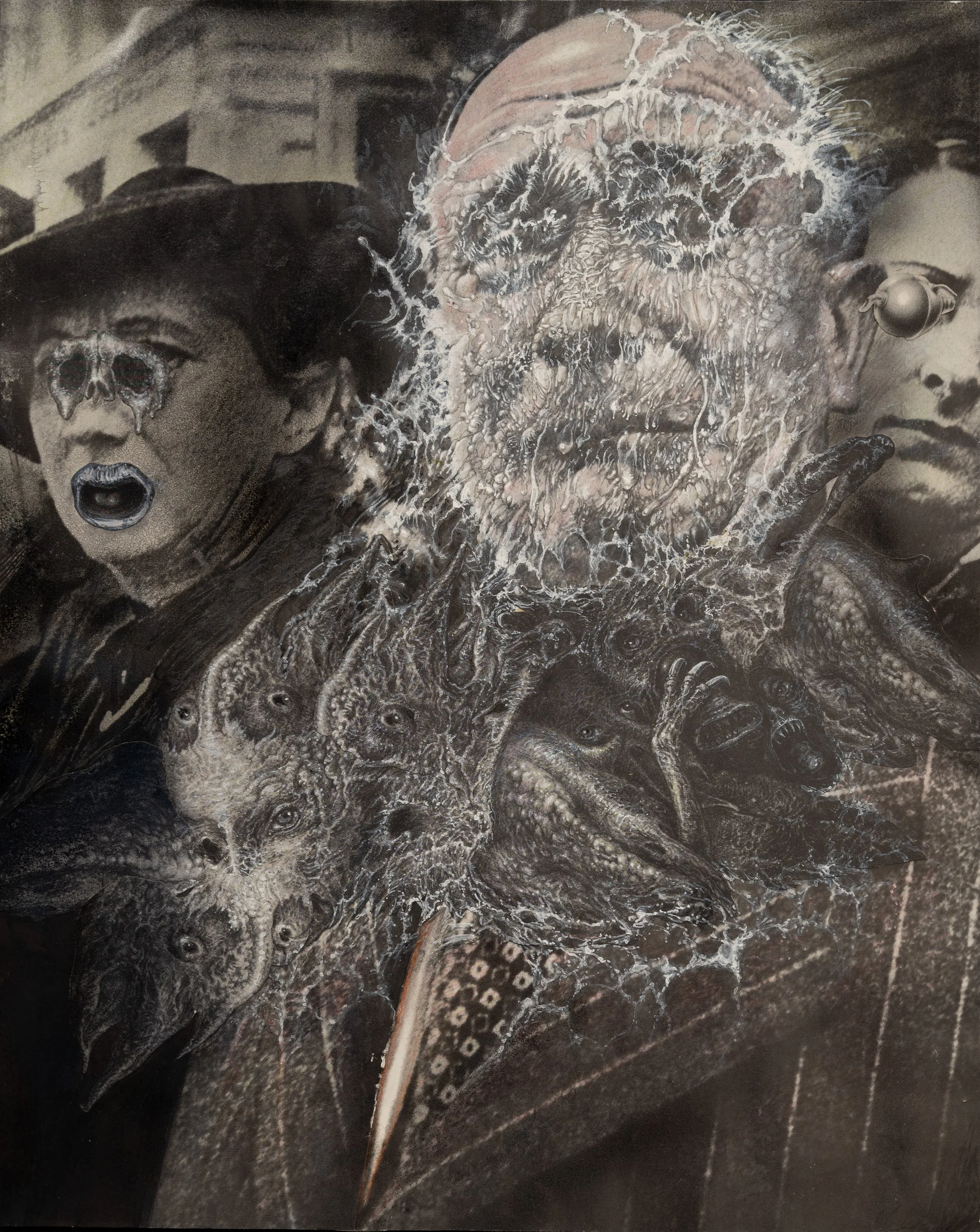ART BRUSSELS 2023
Chryssa, Sibylle Ruppert
20 – 23 April 2023 | Brussels Expo | Booth 5A-20 (Rediscovery)
We are excited to be part of Art Brussels 2023 with a duo booth by Chryssa and Sibylle Ruppert.
Chryssa (Chryssa Vardea-Mavromichali) was an American artist, born in Greece, who is best known for her monumental assemblages of neon tubes and large- scale minimalist paintings on canvas. Her work refers to early characteristics of Pop Art, Minimalism and Conceptual Art. Today, Chryssa is considered an important representative of these artistic movements and an early pioneer in light art. After studying at the Académie de la Grande Chaumière in Paris and the California School of Fine Arts, she moved to New York in 1958. Her first solo exhibition at Betty Parsons Gallery in 1961 quickly led to a major show at the Solomon R. Guggenheim Museum. Throughout her career, Chryssa was represented by prestigious galleries such as Leo Castelli, Pace, and Denise René. Her work was showcased at renowned institutions, including MoMA, Guggenheim, the Whitney Museum, Tate Modern, Documenta, and the Venice Biennial. Chryssa passed away in Athens in 2013.
Sibylle Ruppert was a German artist best known for her radical and unsettling works spanning painting, drawing, and collage. Active during the 1960s, 70s, and 80s, her oeuvre is defined by a dark surrealist aesthetic infused with themes of eroticism and a deeply personal engagement with private traumas. Her art often drew inspiration from the morbid and transgressive writings of Marquis de Sade, Lautréamont, and Georges Bataille, alongside visual echoes of Hieronymus Bosch, H.R. Giger, Henry Fuseli, Hans Bellmer, William Blake, and Francis Bacon.
Born in Frankfurt on September 8, 1942, during the first massive bombing of the city in World War II, Ruppert studied at the Städelschule in Frankfurt at the age of 17 before moving to Paris to pursue ballet. A subsequent visit to New York marked a turning point, leading her to abandon dance and fully dedicate herself to art. Her large-format charcoal drawings and etchings are celebrated for their intricate, kinetic depictions of bodies in transformation—writhing, straining, and dissolving into surreal, abstract forms. In the 1980s, Ruppert expanded her practice by teaching art in prisons, mental hospitals, and rehabilitation centers. Her works have since gained recognition for their visceral intensity and their unique place at the intersection of dark surrealism and raw emotional expression. Sibylle Ruppert withdrew from public life later in her career and passed away in 2011.
Chryssa & Sibylle Ruppert Art Brussels - Installation view 20 – 23 April 2023
Chryssa & Sibylle Ruppert Art Brussels - Installation view 20 – 23 April 2023
Sibylle Ruppert - Le troisiéme sexe, 1976 Charcoal on paper 104 × 83 cm
Chryssa - Multiple A, 1979 Neon construction in plexiglass box 48 × 38 × 24 cm
Sibylle Ruppert - Les bourgeois maudits, 1978 collage with crayon 49 x 37.5 cm
Chryssa - Money Market Mutual Funds (with neon), 1962 - 1963 Oil with stamp prints on canvas, neon light 103 x 78.5 x 13 cm





